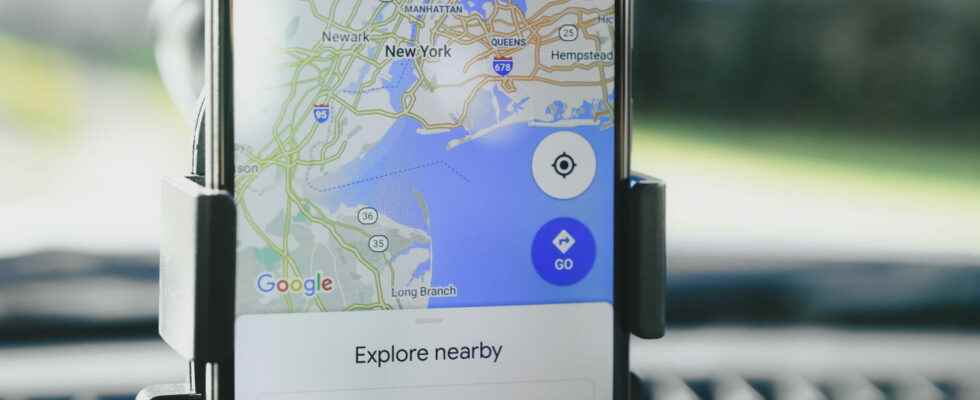In the coming months, guidance applications such as Google Maps, Apple Maps and Waze will have to put in place measures to increase their users’ awareness of the environment and encourage them to adopt greener practices.
Car use is one of the major causes of CO2 emissions, which contribute greatly to the current ecological crisis. With the decree of August 3, 2022 on digital travel assistance services, published in the Official Journal, the government intends to get involved in our use of GPS guidance applications and sites, such as Google Maps, Waze, Apple Maps, Mappy and even Bonjour RATP. The idea is to make motorists aware of their impact on the environment by offering them best practices. Certain measures come into force on August 6 in order to“supporting the transition of uses towards carbon-free mobility” on guidance applications.
GPS applications: awareness-raising measures
One of the government’s objectives is to make every driver aware of the impact of their journeys on the environment. This is why, from now on, as soon as a user plans a journey, the GPS will have to provide the “their users information relating to the quantities of greenhouse gases and air pollutants emitted” by the different modes of transport possible for their route – such as nitrogen oxides and fine particles. The goal is that users can each time compare their carbon footprint according to the mode of transport chosen, and decide in their soul and conscience. In addition, applications will also have to “to put forward” them “proposals of itineraries with the lowest impact in terms of greenhouse gas emissions”.
In the same vein, from December 2022, all sites and applications will have to broadcast, each time a user searches for a journey, environmental awareness messages such as “for short journeys, favor walking or cycling”, “consider carpooling” Where “going from 130 to 110 km/h on the motorway reduces your consumption by 20%.” These messages will be presented “to the user on a regular basis, from the result of the route search, in an easily readable format”, specifies the decree. They will always be accompanied by the signature #SeDéplacerMoinsPolluer.
Measures to limit vehicle pollution
Scientists have shown that driving slower leads to less pollution. This is why the government is seeking to lower the maximum speed by 20 km/hour – and therefore reduce the pollution caused by driving a car on a long journey. To achieve this, applications will highlight “an alternative route taking into account a reduction in the maximum speed of 20 km/h on the portions concerned”. Concretely, when several routes are possible to reach the same destination, they will have to offer the least polluting routes first – avoiding roads at 130 km/h for example. Note in passing that the government had failed to impose a speed limit of 110 km/h on the highways.
However, this does not mean that users should have recourse to “the massive use of secondary roads for transit traffic”, which is sometimes encouraged by GPS. However, the overloading of certain country roads is pointed out by several municipalities, which receive numerous complaints from their inhabitants – the tranquility and the absence of noise pollution are often assets of life in the provinces. Also, GPS will be prohibited from offering these alternative routes unless they reduce the total travel time by at least 10% compared to “to the route maximizing the use of non-secondary roads” or that work is taking place on the main track. Eventually, the government hopes to no longer need to offer these second routes at all.
Finally, guidance applications will have until December 1, 2022 at the latest to display carpooling areas or shared bicycle terminals on their maps. Then, as of June 1, 2023, they will have to “make it easily accessible” various information concerning environmental protection, such as traffic restrictions following a pollution peak and Low Emission Zones (ZFE), which will be introduced in the coming years. They will have until the end of 2023 to do the same with all means of public transport and shared vehicles, including bicycles and electric scooters.

